Designed by BIG, the Suzhou Museum of Contemporary Art in Jiangsu, China, recently celebrated its topping-out milestone. The project is scheduled to open in 2025. The museum design is inspired by Suzhou’s classical garden heritage while reimagining the Chinese ‘lang,’ or corridor, blending nature, art, and architecture.
The museum is planned as a ‘village’ of twelve pavilions, four of which are main galleries, while others are theatres and restaurants, multiple indoor and outdoor galleries and a grand entrance. The ribbon-like roof design creates multiple sheltered walkways leading to courtyards, landscaped gardens, and paths covered with natural stones.
“Our design for the Suzhou Museum of Contemporary Art is conceived as a Chinese garden of pavilions and courtyards. Individual pavilions are woven together by glazed galleries and porticoes, creating a network of interconnected sculpture courtyards and exhibition spaces.”, said BIG founder and creative director, Bjarke Ingels.
He continued, “Weaving between the Ferris wheel legs, the museum branches out like a rhizome, connecting the city to the lake. The result is a manmade maze of plants and artworks to get lost within. Its nodular logic only becomes distinctly discernible when viewed from the gondolas above. Against the open space of the lake, the gentle catenary curvature of the roofs forms a graceful silhouette on the waterfront. Viewed from above, the stainless roof tiles form a true fifth facade.”
This 60,000 sqm museum will provide a wholesome cultural experience for all residents and tourists. Each pavilion is connected above and underground while the rippled glass used in the facade perfectly captures the landscape around the site.
The museum is a part of Suzhou’s larger urban development around the Jinji lake making this development meet the GBEL Green Star 2 sustainability certification.
Catherine Huang, partner in charge at BIG shared her views about the contemporary art museum stating ‘The Suzhou Museum of Contemporary Art is a tribute to the rich garden heritage of Suzhou. We envision the ‘?,’ a traditional element of Suzhou gardens, gracefully winding through the landscapes and transforming into pavilions. In doing so, it frames the contemporary gardens, making them an integral part of the exhibition, as significant as the artwork within.’




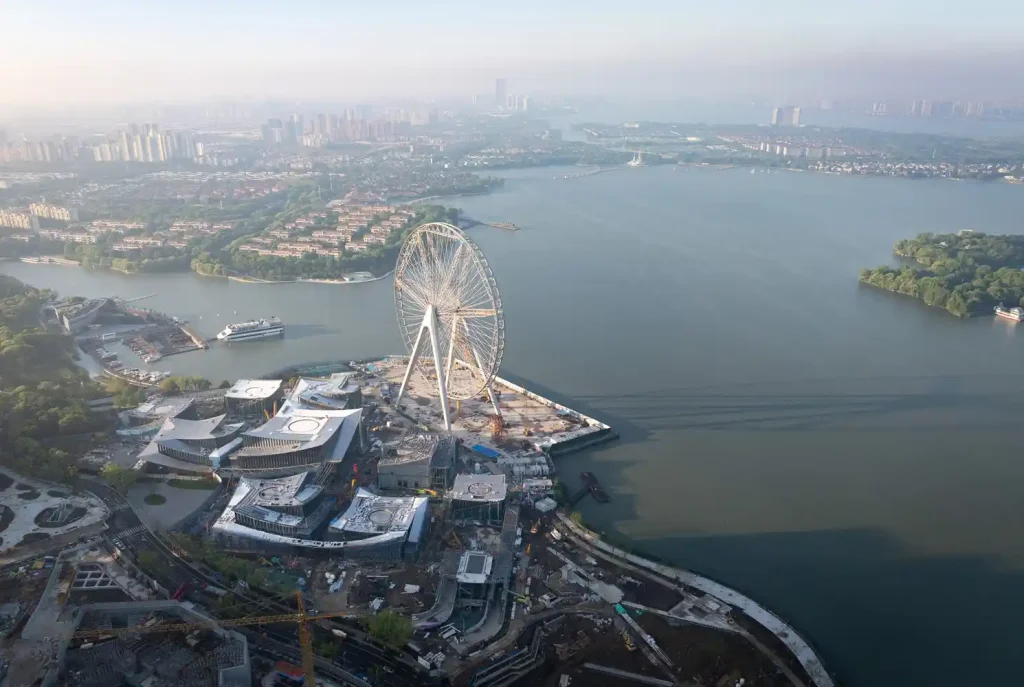
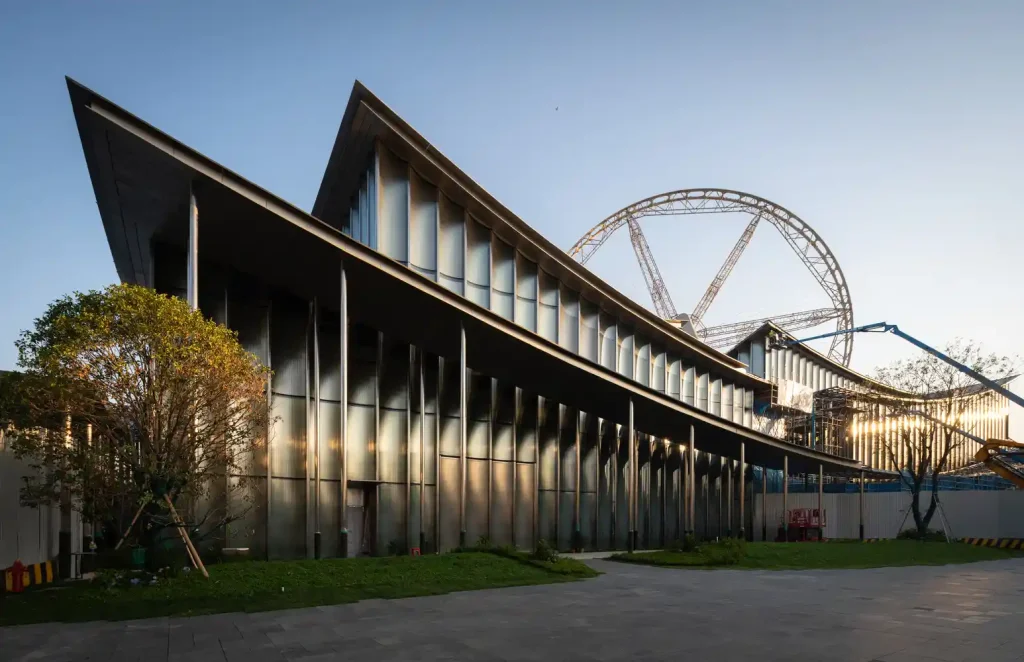
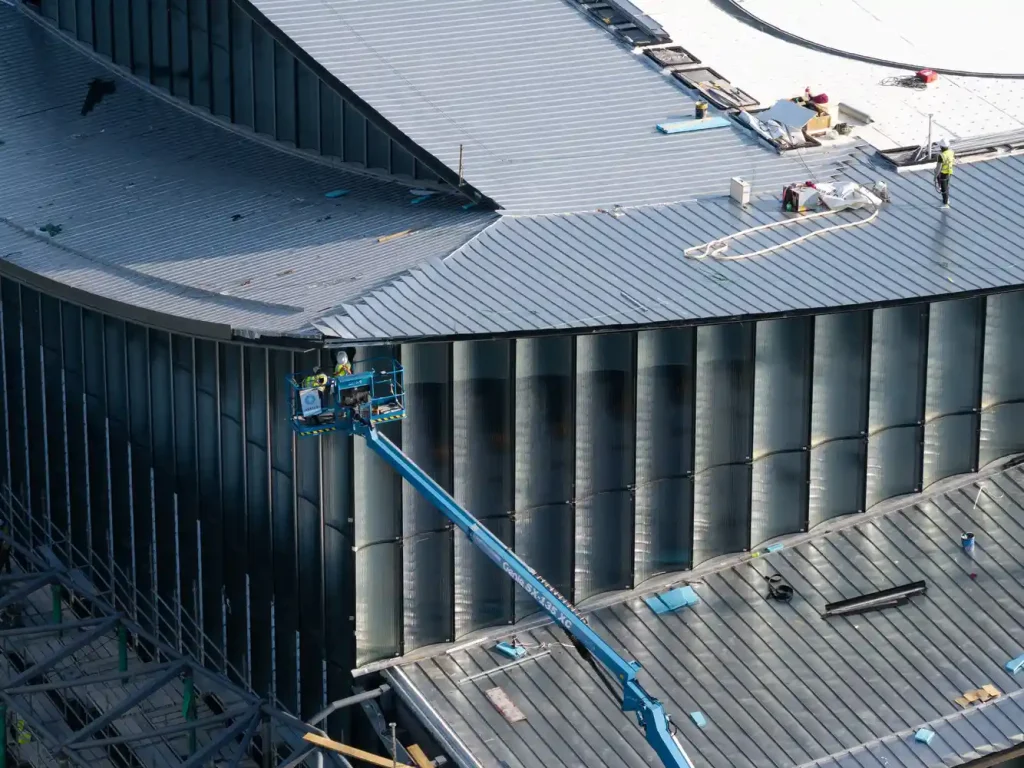
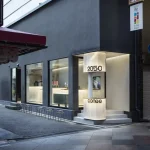



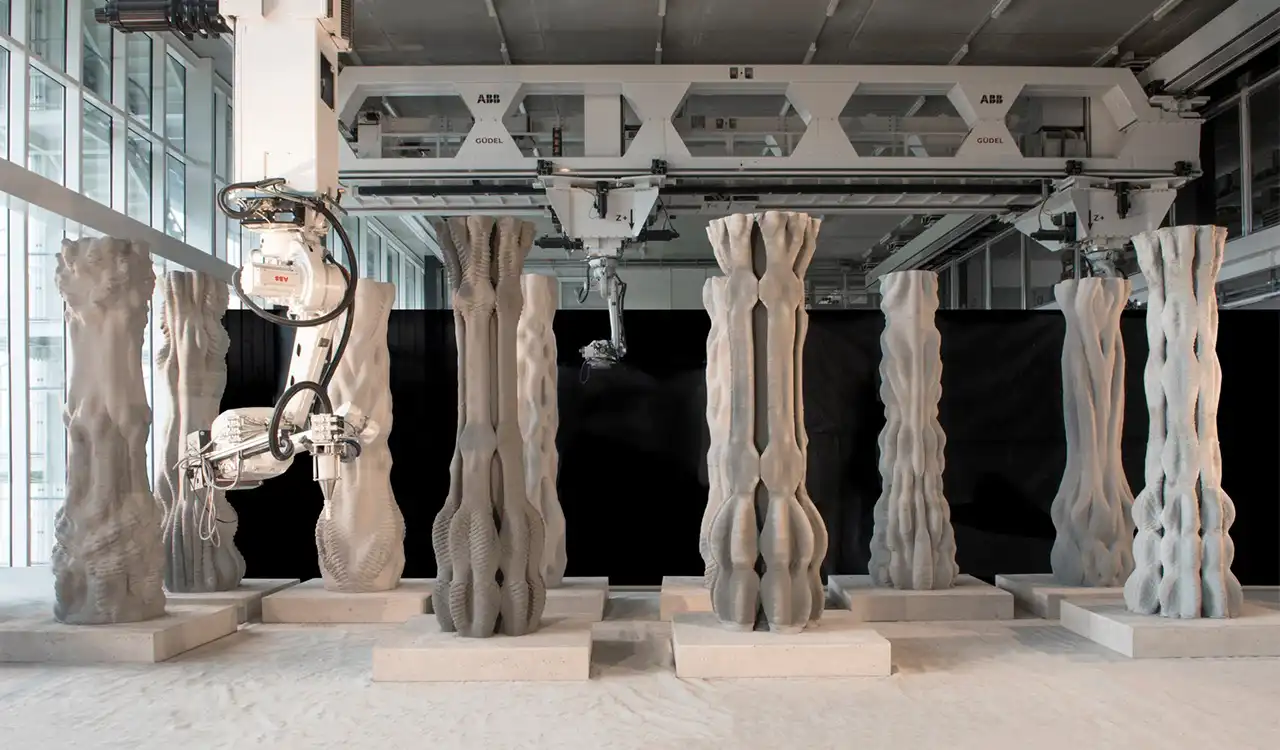









Leave a comment